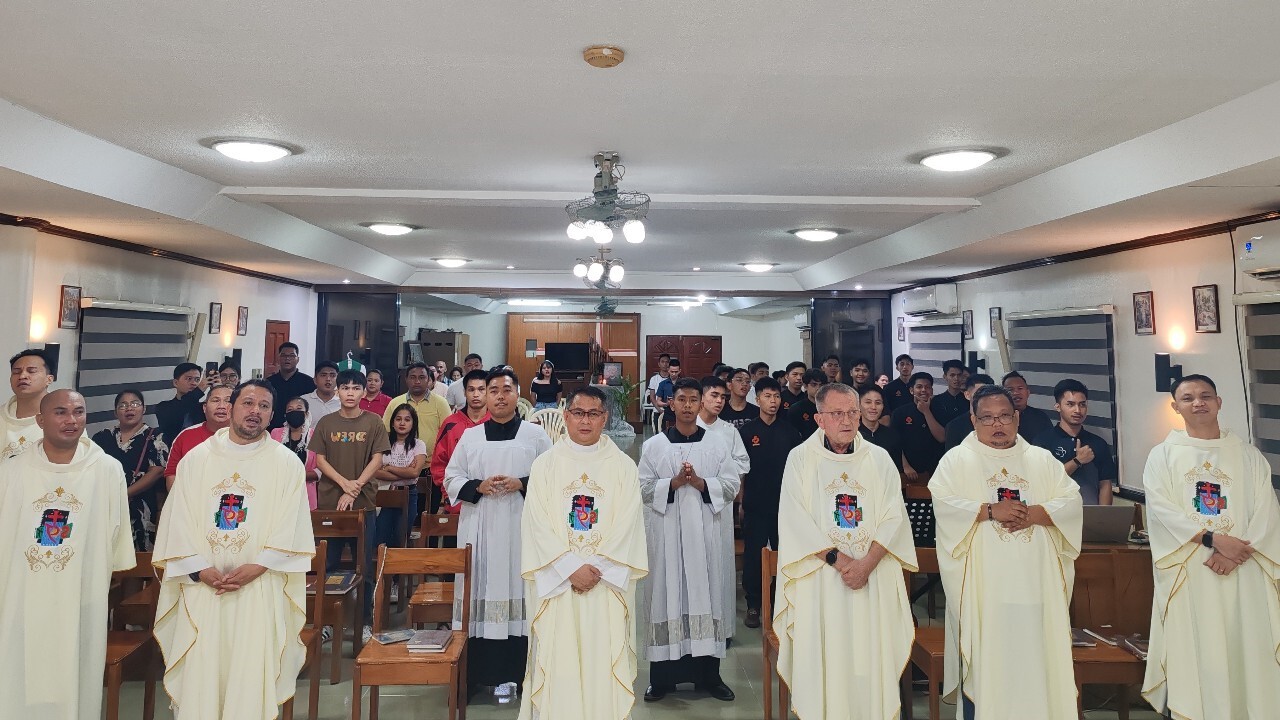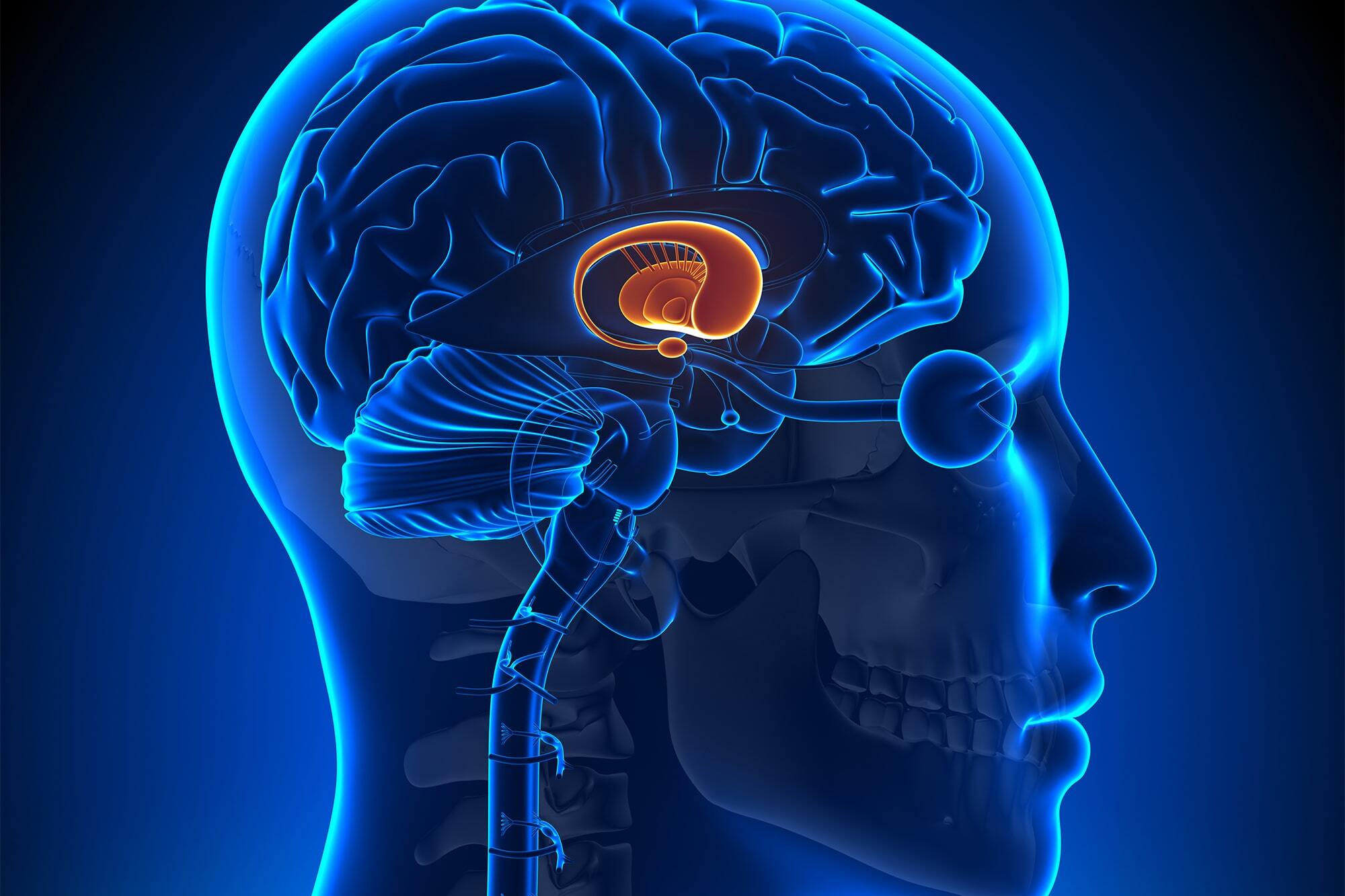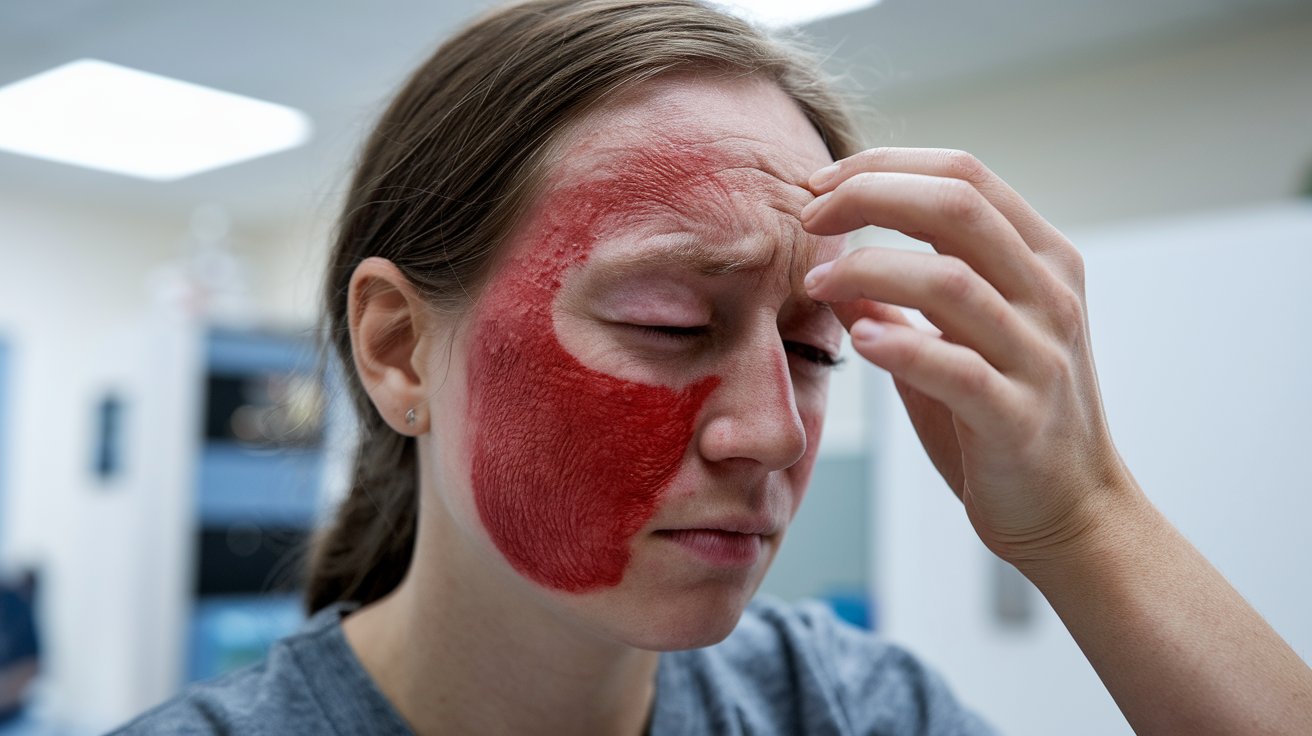
Ever wondered how the Catholic Church maintains its teachings? The Sacred Congregation, also known as the Congregation for the Doctrine of the Faith (CDF), is the answer. Established in 1542 by Pope Paul III, this institution has a rich history of safeguarding and interpreting Catholic doctrine. From addressing heresies during the Inquisition to tackling modern issues like abortion and same-sex relationships, the CDF plays a crucial role. Led by a Prefect appointed by the Pope, it oversees various departments dedicated to theological consultation and canon law. Despite facing controversies, the CDF remains a cornerstone of the Church, shaping its teachings and engaging in interfaith dialogue.
The Sacred Congregation: A Historical Overview
The Sacred Congregation, now known as the Congregation for the Doctrine of the Faith (CDF), has a storied past. Established in the 16th century, it has played a pivotal role in shaping Catholic doctrine and addressing theological issues.
-
Established in 1542 by Pope Paul III: Initially called the Sacred Congregation of the Roman and Universal Inquisition, it aimed to combat heresy and ensure doctrinal purity.
-
Renamed in 1989: Pope John Paul II gave it its current name, the Congregation for the Doctrine of the Faith, reflecting its broader mission.
Jurisdiction and Authority
The CDF holds significant power within the Roman Catholic Church. It ensures that teachings remain consistent with Church doctrine and addresses deviations.
-
Safeguarding Catholic Doctrine: The CDF is responsible for maintaining the integrity of Catholic teachings, issuing decrees and documents to clarify or modify doctrine.
-
Authority to Investigate: It has the power to investigate and address alleged deviations from Church teachings, ensuring doctrinal orthodoxy.
Leadership and Structure
The Congregation is led by a Prefect, typically a cardinal, who oversees various departments and commissions.
-
Prefect Appointed by the Pope: The Prefect serves as the chief theologian, advising the Pope on matters of doctrine and faith.
-
Departments and Commissions: The CDF is divided into several departments, including the Office of Theological Consultation and the Office of the Doctrine of Faith, each focusing on specific areas.
Notable Figures and Their Influence
Throughout its history, the CDF has been led by influential figures who have shaped Catholic doctrine.
-
Cardinal Robert Bellarmine: A notable Prefect, Bellarmine played a significant role in the Counter-Reformation and the development of Catholic doctrine.
-
Cardinal Joseph Ratzinger: Later Pope Benedict XVI, Ratzinger's tenure as Prefect saw significant contributions to the Church's stance on contemporary issues.
Impact on Church Teachings
The CDF has been instrumental in shaping many of the Church's core teachings and addressing modern moral issues.
-
Teachings on the Trinity and Incarnation: The Congregation has helped define and clarify essential doctrines such as the Trinity and the Incarnation.
-
Contemporary Issues: The CDF has addressed modern issues like abortion, euthanasia, and same-sex relationships, influencing public discourse and policy-making.
Role in Canon Law
The CDF also plays a crucial role in interpreting and applying canon law, which governs the internal life of the Church.
-
Guidance on Sacramental Discipline: It provides direction on matters such as sacramental discipline and ecclesiastical jurisdiction.
-
Rights and Duties of Clergy and Laity: The Congregation ensures that the rights and duties of both clergy and laity are upheld according to canon law.
Investigations and Trials
Historically, the CDF has been involved in various investigations and trials related to theological deviations.
- Condemnation of Heresy: The Congregation has conducted trials that sometimes led to the condemnation of individuals or groups deemed heretical.
Dialogue and Controversies
The CDF engages in dialogue with other religions and faces controversies regarding its handling of theological issues.
-
Interfaith Dialogue: The Congregation promotes mutual understanding and respect through dialogue with other religions and faith communities.
-
Criticisms and Reforms: The CDF has faced criticisms for perceived rigidity but has undergone reforms to make its processes more transparent and inclusive.
The Sacred Congregation's Enduring Influence
The Sacred Congregation for the Doctrine of the Faith stands as a cornerstone of the Roman Catholic Church. Established in 1542, it has evolved from the Inquisition to a modern body safeguarding Catholic doctrine. With a history marked by notable Prefects like Cardinal Joseph Ratzinger, it has shaped teachings on the Trinity, sacraments, and contemporary issues like abortion and euthanasia. Despite controversies, the Congregation's role in canon law, theological consultation, and interfaith dialogue remains pivotal. Recent reforms aim for transparency and inclusivity, ensuring its relevance. As the Church navigates the complexities of the 21st century, the Sacred Congregation's commitment to doctrinal integrity and constructive dialogue will continue to guide its path. Its legacy of upholding Catholic teachings while engaging with the modern world underscores its enduring influence.
Was this page helpful?
Our commitment to delivering trustworthy and engaging content is at the heart of what we do. Each fact on our site is contributed by real users like you, bringing a wealth of diverse insights and information. To ensure the highest standards of accuracy and reliability, our dedicated editors meticulously review each submission. This process guarantees that the facts we share are not only fascinating but also credible. Trust in our commitment to quality and authenticity as you explore and learn with us.


